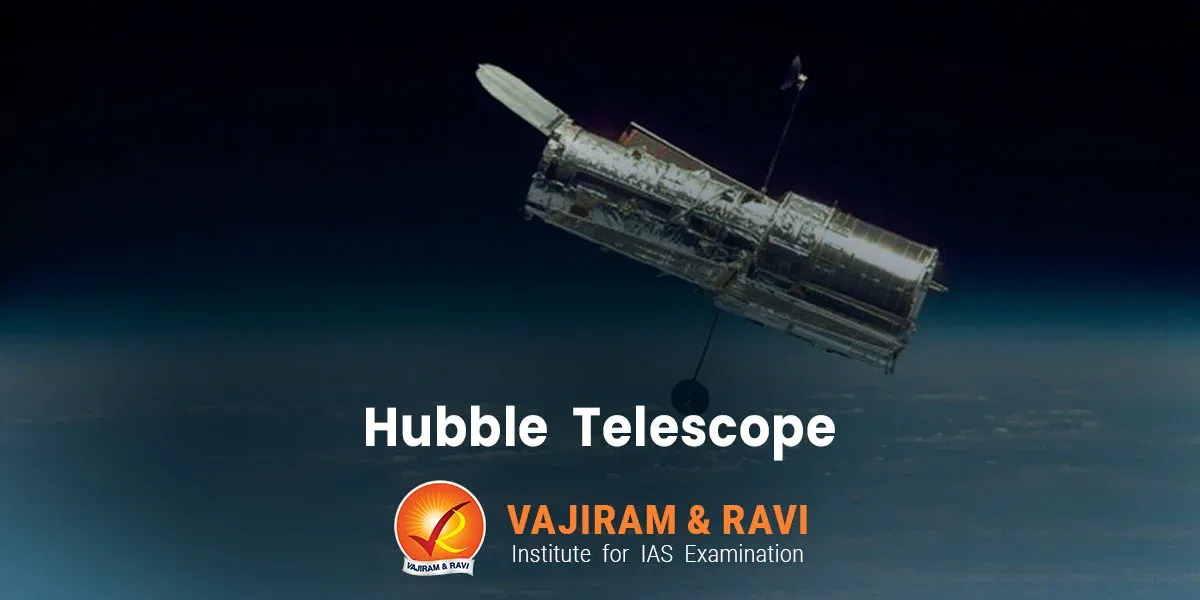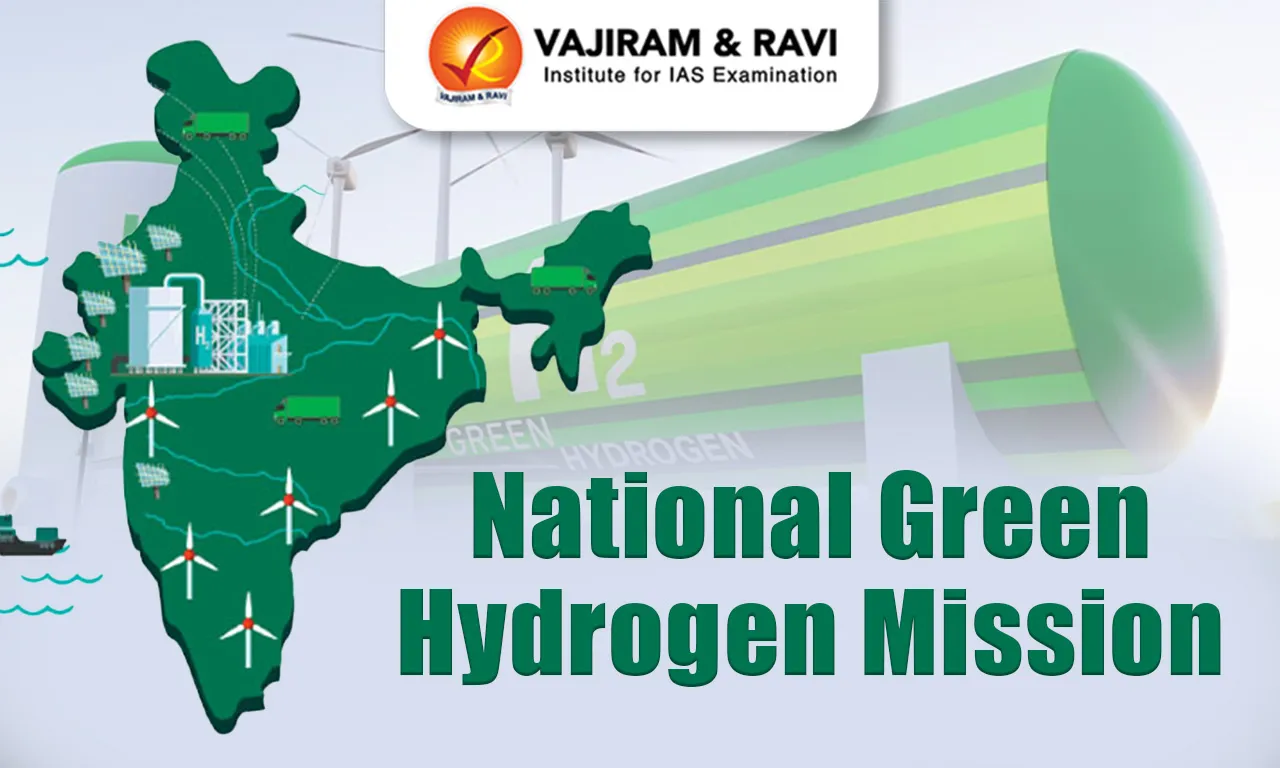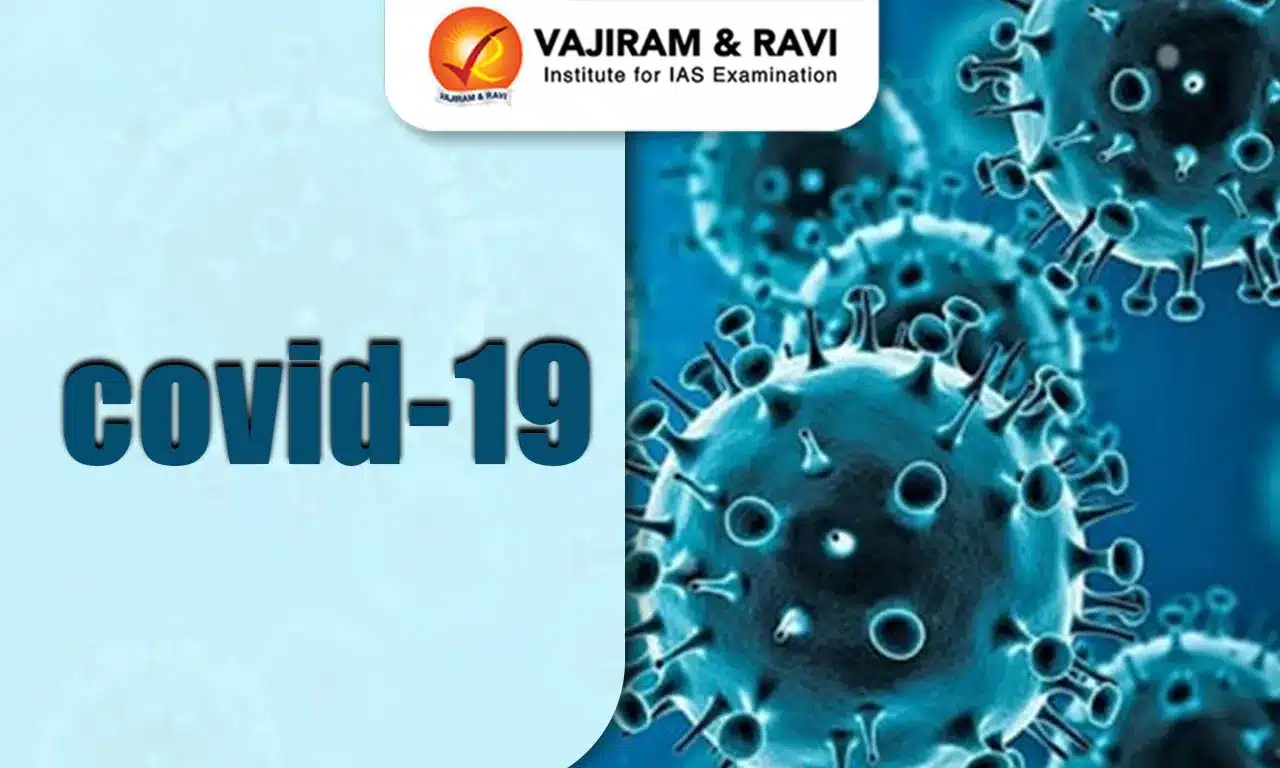Named in honour of the famous astronomer Edwin Hubble, the Hubble Space Telescope is a large and space-based observatory. It is an international collaboration between NASA and the European Space Agency. Hubble has changed our understanding of the cosmos since its launch and deployment by the space shuttle Discovery on April 24, 1990. Hubble orbits about 547 kilometres above Earth. Hubble takes high-quality pictures of objects in the sky, such as planets, stars and galaxies.
As of today, the Hubble Telescope has made more than one million observations. These observations include detailed pictures of the birth and death of stars, galaxies that are billions of light years away, and comet pieces crashing into Jupiter’s atmosphere.
Features of Hubble Telescope
Earth’s atmosphere blocks certain wavelengths of light altogether and is made up of shifting pockets of air that are responsible for the twinkling appearance of stars in the night sky. This motion does not provide clear images captured by telescopes on the ground. For this reason, Hubble was put into orbit above the atmosphere to avoid these effects.
- Hubble Telescope was intended to be a general-purpose observatory for the exploration of the visible, ultraviolet, and infrared wavelengths of the cosmos.
- Orbiting Earth, Hubble’s mirrors gather light from the cosmos, collecting images and data. To capture the faint glow of the far-off universe, the telescope spent days staring at the same spot in the sky for some of the deepest images.
Hubble’s Instruments
For high-quality and high-dimension images of the universe, the Hubble Telescope is laden with scientific instruments. Important ones are:
- Wide Field Camera 3 (WFC3): WFC3 is the most important imager on the Hubble telescope that records visible and ultraviolet wavelengths.
- Advanced Camera for Surveys (ACS): Being a third-generation imaging camera, ACS is optimised to perform surveys or broad imaging campaigns.
- Cosmic Origins Spectrograph (COS): Only ultraviolet (UV) light is the focus of COS. It works best for observing bright spots, such as quasars and stars.
- Space Telescope Imaging Spectrograph (STIS): Being a second-generation imager/spectrograph, STIS is used for obtaining high-resolution spectra of resolved objects.
- Fine Guidance Sensor (FGS): By locking onto guide stars, the FGS gives the spacecraft pointing information.
- Near Infrared Camera and Multi-Object Spectrometer (NICMOS): It obtains quality images and spectroscopic observations of astronomical targets at near-infrared wavelengths.
Additional Features of Hubble Telescope
Other than the scientific instruments on board, Hubble consists of additional features as listed below.
- Primary mirror: Hubble’s primary mirror is 2.4 metres in diameter.
- Secondary mirror: It is 30.5 centimetres in diameter that reflects the light back through a hole in the primary mirror and into the instruments.
- Aperture door: Hubble’s aperture door can be closed when there is a necessity to prevent sunlight from entering and potentially causing damage to the telescope or its instruments.
- Communication antennas: Digital images and spectra in Hubble’s solid-state recorders are converted into radio waves and beamed through one of the spacecraft’s high-gain antennas (HGAs) to NASA’s communications satellite, which relays them to the ground.
- Solar panels: Hubble’s solar panels currently use gallium-arsenide photovoltaic cells that can produce enough power for all the science instruments to operate side by side.
- Support systems: Like computers, batteries, gyroscopes, reaction wheels, and electronics.
Colours in Hubble’s Images
- Hubble lacks colour cameras; it uses sensitive detectors that count light without recording its colour directly.
- Special filters allow specific colour ranges, creating black-and-white images sent to Earth.
- Scientists add individual colours to filtered images to create Hubble’s final colour images.
- Hubble’s colour images highlight features of celestial objects studied.
- Objects emit a range of colours corresponding to specific electromagnetic waves.
- Hubble detects visible, ultraviolet, and infrared light.
- Hubble’s full-colour images combine three separate exposures in red, green, and blue light.
- Red, green, and blue are primary colours, creating visible colours when mixed.
Significance of Hubble Space Telescope
Having a large observatory like Hubble in the skies is of immense advantage. Some are described below.
- Distortion-free: The shifting pockets of air in Earth’s atmosphere distort the view, even on the clearest nights. Because of this, a picture of a cosmic object taken by astronomers ends up blurry. Hubble’s position above the atmosphere lets it observe steady, undisturbed light from cosmic objects to achieve higher resolution.
- More Wavelengths: Earth’s atmosphere stops certain wavelengths of light.
- Hubble is designed to view certain ultraviolet and infrared wavelengths that are completely or partially blocked by the Earth’s atmosphere.
- Due to Hubble’s ability to see a wide range of wavelengths, details about cosmic objects that would otherwise be invisible are captured.
- Resolution: Having an extremely high angular resolution, Hubble can distinguish between two objects situated very close together.
- It can capture the fine details in star-forming nebulae, galaxies, and other cosmic objects.
- Dark Skies: Floating 547 km above the surface, Hubble doesn’t have to face any form of light pollution or weather conditions.
- This gives Hubble a permanent, clear, dark sky.
- When combined with its sharp vision, Hubble can see objects 10 times fainter than those that can be observed from Earth, even with the largest telescopes.
- Serviceability: Hubble is positioned in a low-Earth orbit so that it would be unaffected by Earth’s atmosphere.
- That position, only hundreds of miles above the surface, also meant that Hubble could be repaired and upgraded by astronauts.
- Diversity: Hubble has multiple science instruments dedicated to observing and studying the universe in unique ways.
- Spectrometers at Hubble dissect light into its component colours, exposing details like chemical composition and temperature.
- Hubble interferometers are used for aiming the telescope. The brightness and relative positions of stars can also be measured by the interferometers.
Discoveries Made by Hubble Telescope
Hubble is NASA’s one of the most successful and long-lasting science missions. It has beamed hundreds of thousands of images back to Earth, which has helped shed light on many of the great mysteries of astronomy.
- Universe’s age: Among its many discoveries, Hubble has revealed the age of the universe to be accurately about 13.8 billion years, changing the old range of anywhere between 10 and 20 billion years.
- Discovery of dark energy: Hubble has played a key role in the discovery of dark energy, which is a mysterious force that causes the expansion of the universe to accelerate.
- Evolution of galaxies: Hubble has discovered galaxies in every stage of evolution, which includes galaxies that were around when the universe was still young, helping them understand how galaxies form.
- New planet evolution: Hubble discovered protoplanetary discs, clumps of gas and dust around young stars that likely function as birthing grounds for new planets.
- Gamma-ray burst: It was discovered that gamma-ray bursts, which are strange, mighty explosions of energy, can occur in far-distant galaxies when massive stars collapse.
Successor of Hubble
Hubble is getting old and is in its last legs. Its hardware is ageing and the software is getting errors more frequently. For these reasons, its future version was needed.
- Hubble has undergone five space shuttle missions for repairs and upgrades but is expected to decay between 2030 and 2040.
- James Webb Space Telescope(JWST or Webb): Meanwhile, NASA and its international partners, like the European Space Agency (ESA), are preparing the James Webb Space Telescope.
- The Webb is an infrared telescope that is larger than Hubble and can see through clouds and dust in space.
- The Webb orbits the Sun near Sun-Earth Lagrange point 2 (L2), approximately 1.5 million kilometres from Earth.
Last updated on July, 2025
→ UPSC Notification 2025 was released on 22nd January 2025.
→ UPSC Prelims Result 2025 is out now for the CSE held on 25 May 2025.
→ UPSC Prelims Question Paper 2025 and Unofficial Prelims Answer Key 2025 are available now.
→ UPSC Calendar 2026 is released on 15th May, 2025.
→ The UPSC Vacancy 2025 were released 1129, out of which 979 were for UPSC CSE and remaining 150 are for UPSC IFoS.
→ UPSC Mains 2025 will be conducted on 22nd August 2025.
→ UPSC Prelims 2026 will be conducted on 24th May, 2026 & UPSC Mains 2026 will be conducted on 21st August 2026.
→ The UPSC Selection Process is of 3 stages-Prelims, Mains and Interview.
→ UPSC Result 2024 is released with latest UPSC Marksheet 2024. Check Now!
→ UPSC Toppers List 2024 is released now. Shakti Dubey is UPSC AIR 1 2024 Topper.
→ Also check Best IAS Coaching in Delhi
Tags: hubble space telescope quest
















